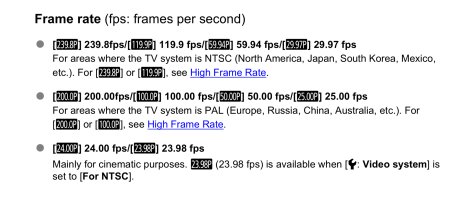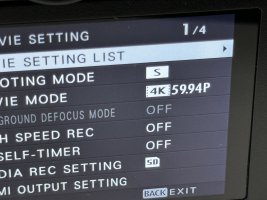But my question is : Didn’t RED cameras solve the issues of Dynamic range with their Komodo cameras and global sensor ? Don’t they advertise like 15+ stop of Dynamic range and they are used in cinema where dynamic range is a most ?
Can somebody explain that to me ?
Cinema can get away with slower exposure times. Anything more than 2X the frame rate is acceptable. Anything more than about 4X the frame rate starts looking jerky instead of smooth when there's motion in the scene. 1/60-1/125 are commonly used and anything shorter than 1/250 is rarely used for 24/30/60 fps work.
Stills is an entirely different ball game. Sports & action need 1/1000 or shorter for top quality work. 1/1600 or 1/2000 if you can get there without pushing ISO too high.
Upvote
0



